Storage & transport
Understanding hydrogen storage & transport
A guide to hydrogen storage and transport options for Local Authorities
01 Importance
Why is hydrogen storage and transport important?
Storage and transport infrastructure is important to ensure reliable supply and to get hydrogen safely and cost effectively to end users in the hydrogen market.
Core Benefits of Hydrogen Storage and Transportation
Storage and transport being critical to supporting a hydrogen economy, Local Authorities will need to support strong business models to support a value chain that:
Did you know?
Local Authorities are able to access the Net Zero Hydrogen Fund. These are the selection criteria used during the 2023 round:
Local Authorities should align projects ahead of the next funding round to support its hydrogen operations.
Transport & Storage Business Models
Government committed in the 2022 British Energy Security Strategy to publish the new business models for hydrogen transport and storage infrastructure in 2025. Local Authorities will be able to use these new business models to overcomes investment barriers and access external subsidies for hydrogen transport and storage infrastructure.
With this 2025 business model, Local Authorities will be able to:

Regulated Asset Base
This is a form of assurance that allows the private sector to support you with large-scale projects and involves certain agreements. Image source: gov.uk
02 Storage
How can hydrogen be stored?
Hydrogen is about 14 times lighter than air. This is a challenge for those who store and transport it because it is easily lost into the atmosphere. It can be stored underground or overground in different ways. The best way to store it depends on cost, amount of hydrogen, storage period and the final end-use. Storage options have been identified in this section.
Underground hydrogen storage
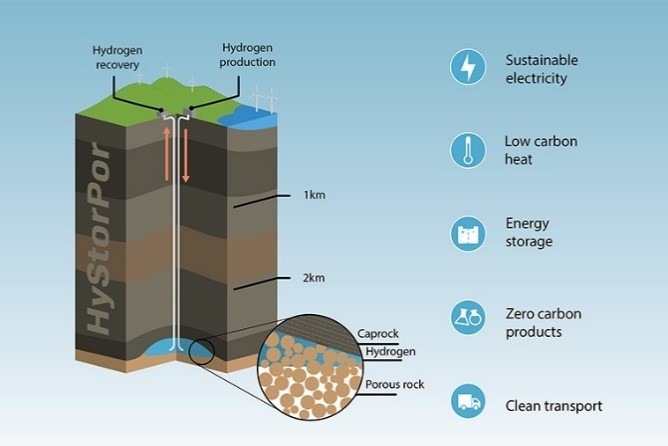
Source HyStorPor, University of Edinburgh
Geological storage
Geological storage uses proper geological formations like salt caverns or natural gas fields.
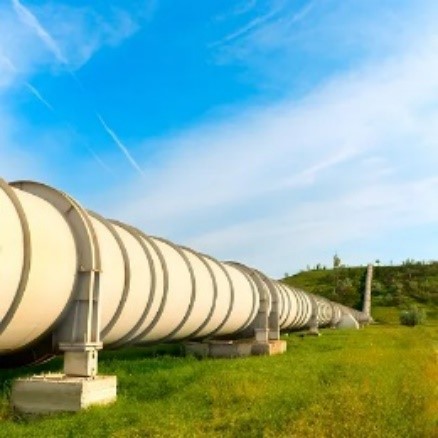
Source: Equity Lifting Solutions
Line pack
Line pack utilises gas networks to store hydrogen around pressure limit.
Overground hydrogen storage
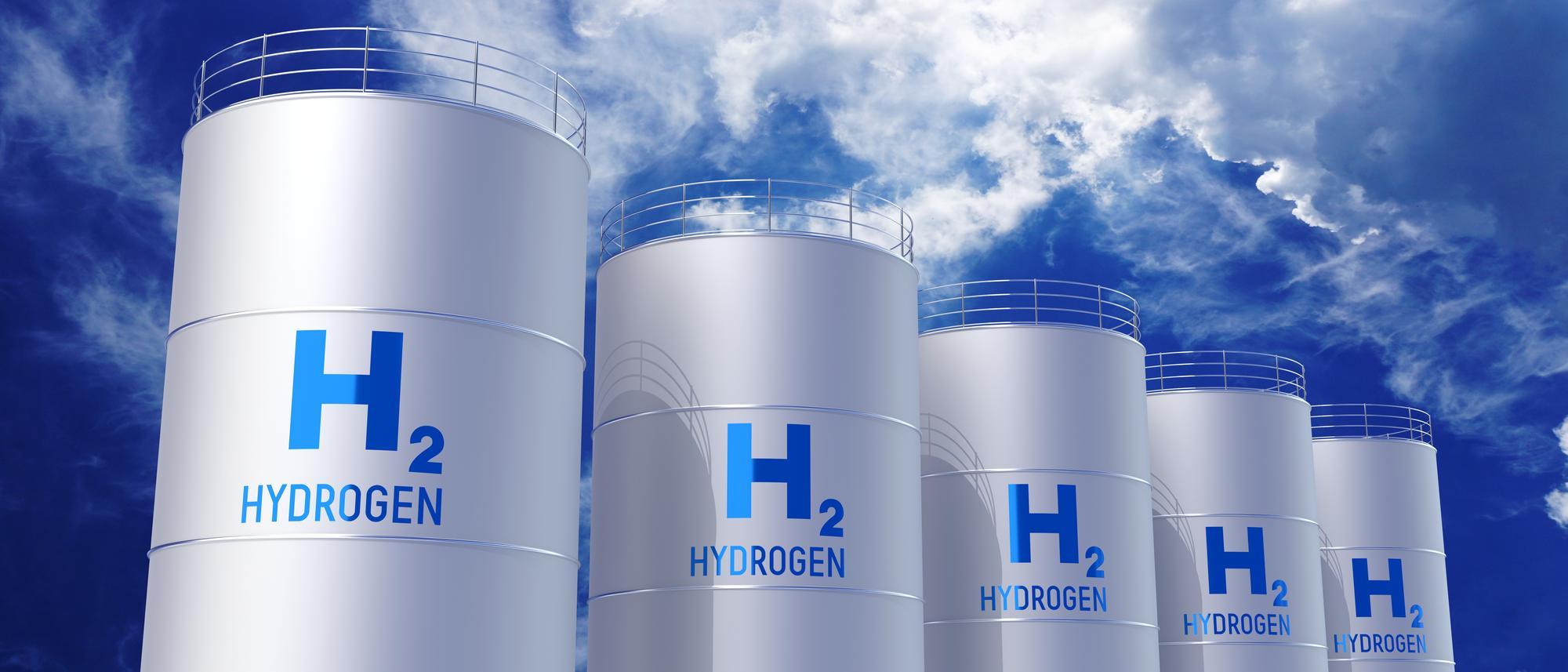
Source: Freepik/pablographix
Compressed hydrogen
Compressed hydrogen uses high pressure to store hydrogen in a bank of cylinders.
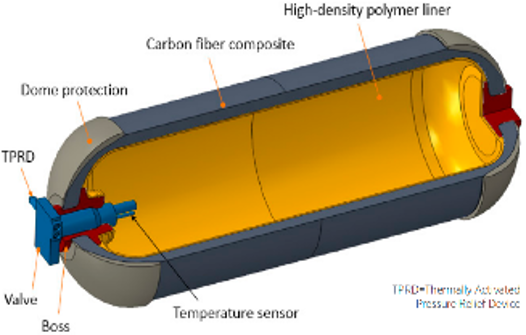
Source: MDPI
Cryogenic hydrogen
Cryogenic hydrogen is stored in liquid form and in specialise, insulated tanks.
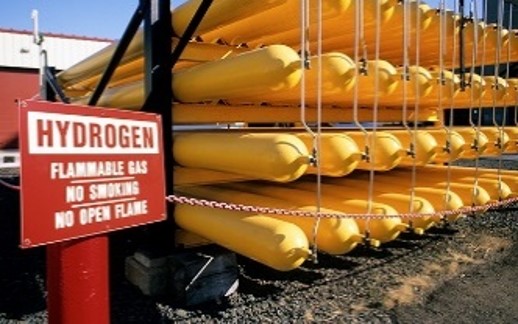
Source: Guidehouse Insights
Metal hydrides
Metal hydrides and graphene-based compounds release hydrogen using chemical methods.
03 Distribution
How is hydrogen distributed?
Hydrogen can be transported in many ways.
Pipelines are often the best way to transport hydrogen even when it is in light form. The light hydrogen can be made denser so more can be transported using chemical methods.
Transport in tankers on road, rail and sea is needed where the pipeline infrastructure is unavailable. It is made more efficient when hydrogen is made denser. This also reduces transport emissions.
Hydrogen transportation methods – linking supply to demand.
Hydrogen production

Compression
Liquefaction
Hydrogen carrier production
Pipeline
Road
Rail
Ships
Compression
Liquefaction
Hydrogen carrier production
Road
Rail
Ships
Pipeline

Hydrogen demand
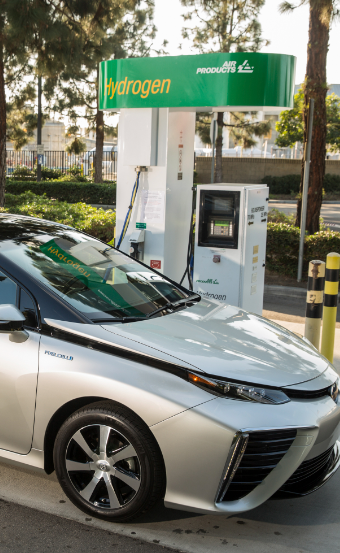
Main hydrogen carriers with examples

Source: Honeywell
Pipelines
Pipelines are suited for large volume, medium and long-distance gaseous hydrogen transport. However, steel repurposing is not possible because hydrogen will erode them, and so plastic pipes must be installed.
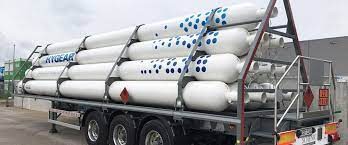
Source: DNV
Compressed hydrogen tube trailers
Compressed hydrogen tube trailers are suitable for small quantity delivery to discrete demand centres. It is proven, will support demand growth and needs heavy transport.

Source: Fuel Cell Works
Metal alloys
Hydrogen is stored within metal alloys, but this needs energy to store or release the hydrogen captured. It is only suitable for small quantities of hydrogen.

Source: US DoE
Cryogenic transport
Cryogenic transport is useful for moving large quantities of hydrogen, especially where liquid hydrogen is needed. There are energy losses because the tanks warm up.

Source: Chart Industries
Chemical hydrogen carriers
Chemical Hydrogen Carriers such as ammonia are quite useful for transport of large quantities of liquid hydrogen. It could be used as direct fuel but can lead to tailpipe emissions.
04 Case studies
The following case studies highlight some of the developments in the UK for hydrogen storage and transport infrastructure.
05 Opportunities
The opportunities to support hydrogen transport and storage infrastructure in the Midlands arises from its central location and its established and widely-used transport links which are important in the region and across the UK. Pipeline, road, and rail carrying hydrogen must pass through the Midlands region to connect the main hydrogen production sites in the north with areas that need hydrogen in high demand in the south
Logistics & infrastructure
This presents the Midlands with an opportunity to shape and advance the infrastructure required for hydrogen transport in the UK. Hydrogen needs to be imported from production sites in the neighbouring regions to the Midlands to meet the hydrogen demand from industry and transport sectors. This unlocks an opportunity for hydrogen transport logistics businesses in the Midlands.
Advanced manufacturing
The Midlands advanced manufacturing capabilities present the region with an opportunity to supply the UK hydrogen industry with materials and components required for hydrogen storage and transport. This includes the manufacturing of pressurised and cryogenic hydrogen tanks, tube trailers, pipes, fittings, and valves.
Storage sites
There is limited development of certain types of hydrogen storage currently. An example of this is the small salt basins in Worcestershire. The potential of hydrogen storage is likely restricted due to several geological factors. However, there is a significant opportunity to use small scale overground hydrogen storage systems in production and end use sites.
06 Support
How can Local Authorities support hydrogen storage and transport activities in the Midlands?
Hydrogen promises to be a significant contributor to the future fuels mix for both domestic and commercial consumers. Local Authority leadership must look to promote and enable a transition which ensures sustainability and wellbeing, future proof services and infrastructure as well as an attractive ecosystem for retention of existing industries and sustainable growth.
Considerations for local authorities
Creating a hydrogen vision and strategy
for the region based on credible evidence which lays out strategic objectives for hydrogen transport and storage and promotes regional alignment.
Setting up virtual hubs, regular events and regional taskforces
to help foster partnerships with the private sector.
Supporting the development of hydrogen pipeline infrastructure
in the region to enable efficient and cost effective hydrogen transport at scale.
Supporting the development of road and rail routes
for hydrogen distribution to industrial centres.
Supporting local industry and supply chains
to develop components required for hydrogen storage and transport systems.
Facilitating and reducing the processing time of the planning applications
for hydrogen transport logistics initiatives and pipeline developments.





